Finding Aid to the Papers of Mark A. Gordon, 1985-2000
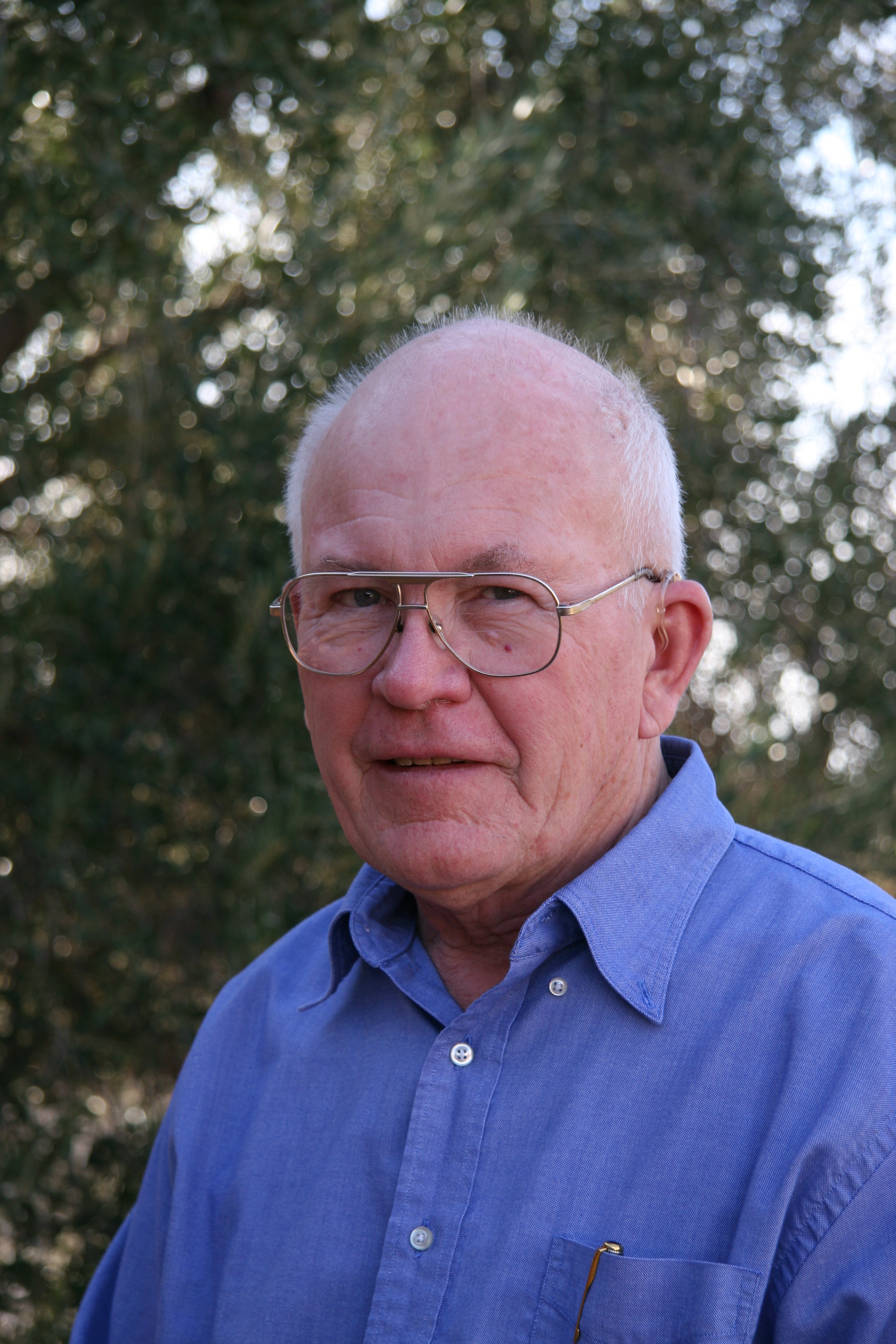 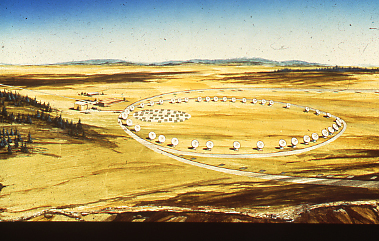 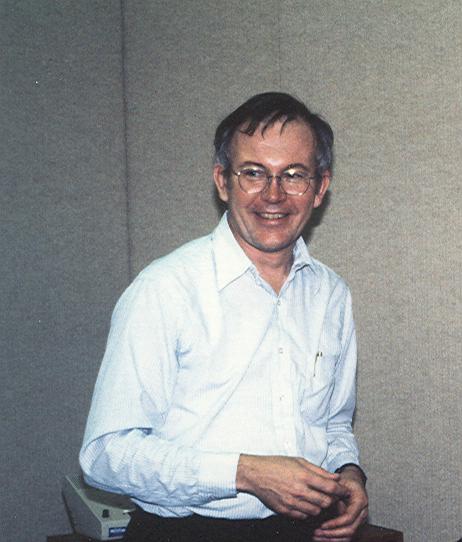 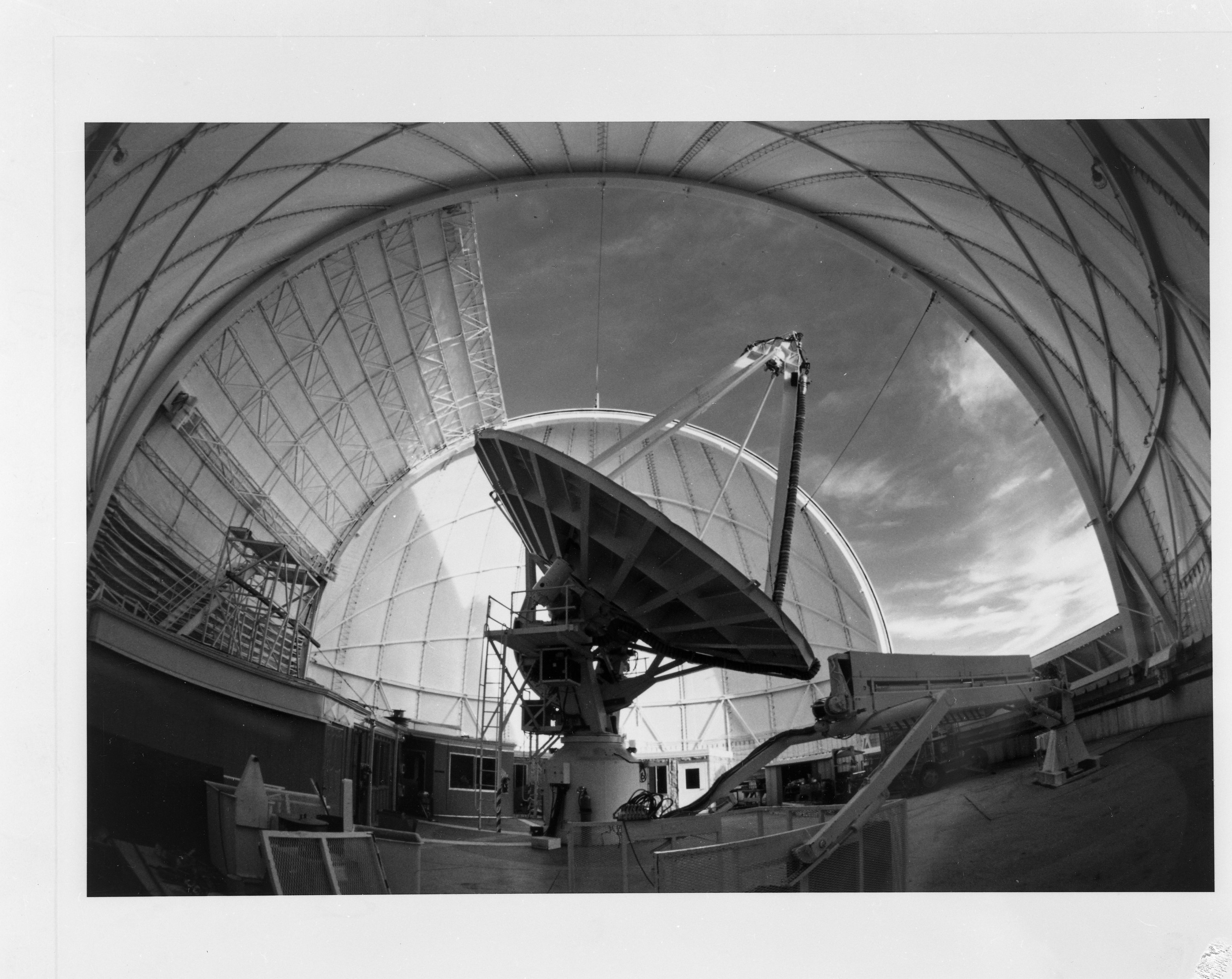 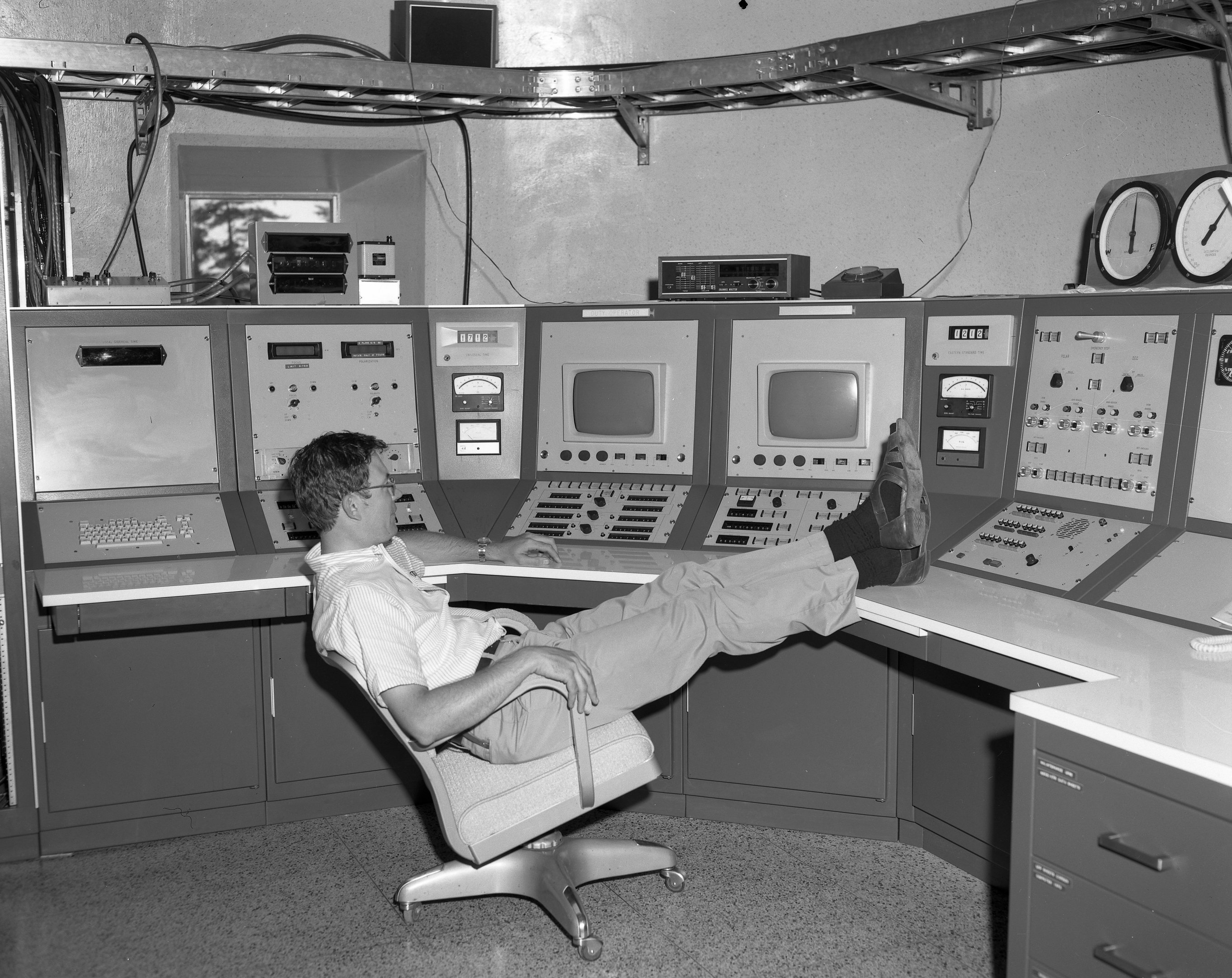 |
Contents:
Location of collection: National Radio Astronomy Observatory, Archives, 520 Edgemont Rd., Charlottesville, VA. Phone: 1-434-296-0203, email: archivist at nrao.edu Title and dates of the collection: Papers of Mark A. Gordon, 1985-2000 Size of the collection: 4.25 linear feet Papers/Records created by: Gordon, Mark A. (1937-2024) Short description of collection: This collection includes Mark A. Gordon's materials related to the planning and development for the National Radio Astronomy Observatory's Millimeter Array (MMA) in Chile, as well as the beginnings of the transition from MMA to the Atacama Large Millimeter/submillimeter Array (ALMA), a multi-institutional collaborative project.
Biography: Mark A. Gordon was an Emeritus Scientist at the National Radio Astronomy Observatory. He specialized in the radiation transfer of short-wavelength continuum emission from heated interstellar dust, of radio recombination spectral lines from ionized interstellar gas, and in the structure of the Milky Way. He was co-author with Prof. R. L. Sorochenko of the astrophysics monograph Radio Recombination Lines, Their Physics and Astronomical Applications (Springer Verlag, Second Edition, 2009) and author of the history Recollections of Tucson Operations, The Millimeter-Wave Observatory of the National Radio Astronomy Observatory (Springer Verlag, 2005). Born in northern Connecticut in 1937, Dr. Gordon was a graduate of Phillips Academy, Andover, Massachusetts. He received a B. A in Physics from Yale University, following which he wintered at Hallett Station in Antarctica as member of the U S Antarctic Research Project, investigating auroras and sky glow. In January 1966, he received a Ph.D. in Astro-Geophysics from the High Altitude Observatory then associated with University of Colorado and now called the National Center for Atmospheric Research. He worked for MIT Lincoln Laboratory as a member of its research staff from 1966 until 1969 when he joined the scientific staff of the NRAO. He was appointed the first Assistant Director for Tucson Operations, serving from 1973 until 1984 and, at the same time, serving as Project Manager of the 25-m Millimeter-wave Telescope eventually proposed for construction on Mauna Kea in Hawaii. He served on the technical committee responsible for the design of the antennas for the Very Large Array. In 1993 he became Division Head for Chile of the NRAO millimeter-wave array (MMA) project, now known as ALMA. He recommended that the MMA be constructed in Chile rather than North America and, accordingly, designed an operating plan and estimated the cost of construction and operations from a high-altitude site above the Atacama Desert. He was a member of the American Astronomical Society, the International Astronomical Union, and was Chairman of Commission J (radio astronomy) of the United States section of the International Radio Science Union (URSI). He was an Adjunct Professor with the Department of Astronomy of the University of Arizona and an Adjunct Astronomer with its Steward Observatory. He died in 2024. [Biographical note written by Mark A. Gordon, with additions by Ellen Bouton.] Accession history: Collection donated in 2005. Access to collection: No restrictions. The Archives are open part-time; contact the Archivist for appointment. Restrictions on use of collection: None. Publication rights: Copyright has been assigned to the NRAO/AUI Archives. All requests for permission to publish or quote from manuscripts must be submitted in writing to the Archivist. Exception: rights for the personal memoir chapters have been retained by Gordon. Preferred citation: National Radio Astronomy Observatory/Associated Universities, Inc. Archives, Papers of Mark A. Gordon, <series/unit/subunit/box #>. After the initial citation, abbreviations may be used: NRAO/AUI Archives, Gordon Papers, <series/unit/subunit/box #>. Processing notes: Final arrangement, description, indexing, foldering and boxing of this material was completed in 2011. During the processing, photocopies were made to replace newspaper clippings, fasteners were removed, and materials were removed from binders of various types. Duplicates were discarded. Millimeter Array (MMA) Series: The first U.S. community science workshops on the design of a synthesis array for millimeter-wave astronomy were held in 1983 and continued through 1989. In July 1990 the National Radio Astronomy Observatory submitted a proposal for a millimeter array to the National Science Foundation (NSF), and in 1991 the decadal report of the National Research Council's Astronomy Survey Committee recommended the Millimeter Array as the highest priority ground-based astronomy project for the 1990s. Planning and site research began at NRAO, in November 1994 National Science Board (NSB) approved a project development plan for the MMA and endorsed further planning, and in May 1998 the NSB authorized the expenditure of $26M for a three-year MMA design and development program. In 1993 Gordon became Division Head of the NRAO Millimeter-Wave Array (MMA) project, recommending that the MMA be constructed in Chile rather than North America. This series, divided into 6 units and retaining Gordon's filing order, includes material dated 1985-2000 related to his design of a plan for a high-altitude site above the Atacama Desert in northern Chile, including estimates of construction and operating costs. In June 1999, the NSF signed a Memorandum of Understanding with European institutions for a joint design and development phase of the Atacama Large Millimeter/submillimeter Array (ALMA), a project that joined the MMA with the European Large Southern Array project. Related materials: See also MMA materials in the Records of the National Radio Astronomy Observatory, the Papers of Robert L. Brown, the Papers of David E. Hogg, the Papers of Paul A. Vanden Bout, and the MMA/ALMA Memo Series. Researchers should note that material relevant to the MMA is included with materials on ALMA and vice versa, both in these papers and in other collections.
Atacama Large Millimeter/submillimeter Array (ALMA) Series: In June 1999, the National Science Foundation signed a Memorandum of Understanding with European institutions for a joint design and development phase of the Atacama Large Millimeter/submillimeter Array (ALMA), a project that joined NRAO's planned Millimeter Array (MMA) with the European Large Southern Array project. Groundbreaking for the Operations Support Facility near San Pedro de Atacama, Chile, was in November 2003, and groundbreaking for the Technical Building at the 5000m altitude Array Operations Site was in October 2005. On 30 September 2011 ALMA officially began Early Science observations in northern Chile, and on 13 March 2013 ALMA was formally inaugurated after nearly three decades of planning, engineering, and construction. This series includes a small group of ALMA documents collected by Gordon dated 1998-2000. Folders are in chronological order. Size: 0.75 linear feet. Click here for a listing of folders. Related materials: See also ALMA materials in the Records of the National Radio Astronomy Observatory, the Papers of Robert L. Brown, the Papers of Robert L. Dickman, the Papers of Paul A. Vanden Bout, the Biweekly/Monthly Calendar of the ALMA Project at NRAO, and the ALMA Memo Series. Researchers should note that material relevant to ALMA is included with materials on MMA and vice versa, both in these papers and in other collections. Other Institutions Series: This series includes documents dated 1995-1999 from other institutions with observing facilities in Chile. Some of of these institutions later became ALMA partners. Size: 0.50 linear feet. Click here for a listing of folders. Personal Memoirs Series:: This series includes copies of two chapters of a personal memoir written in 2016 by Gorden for family: "Working in Tucson," about Gordon's Tucson years with NRAO, and "Writing an Astrophysics Monograph," about the writing, with R. L. Sorochenko, of Radio Recombination Lines, Their Physics and Astronomical Applications (Springer Verlag, Second Edition, 2009), plus a copy of Gordon's 2022 remarks on receipt of his NRAO 50-year service award. Size: 3 folders. |
